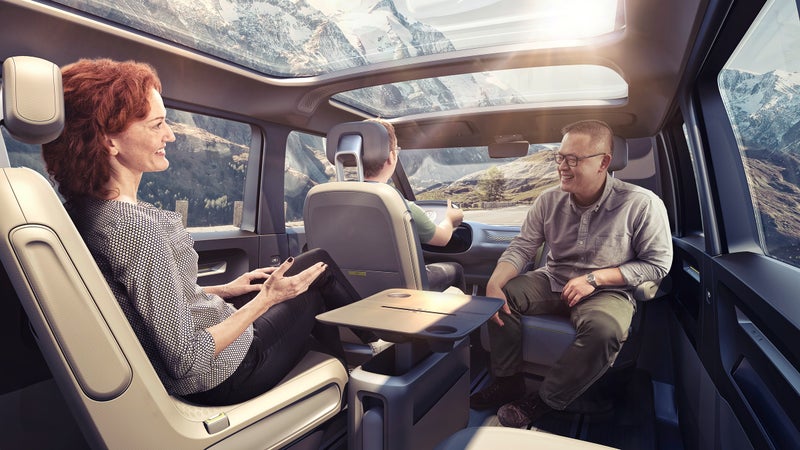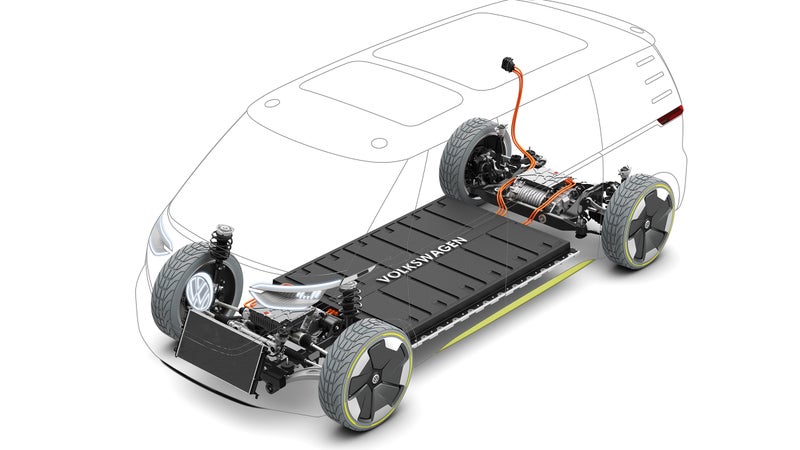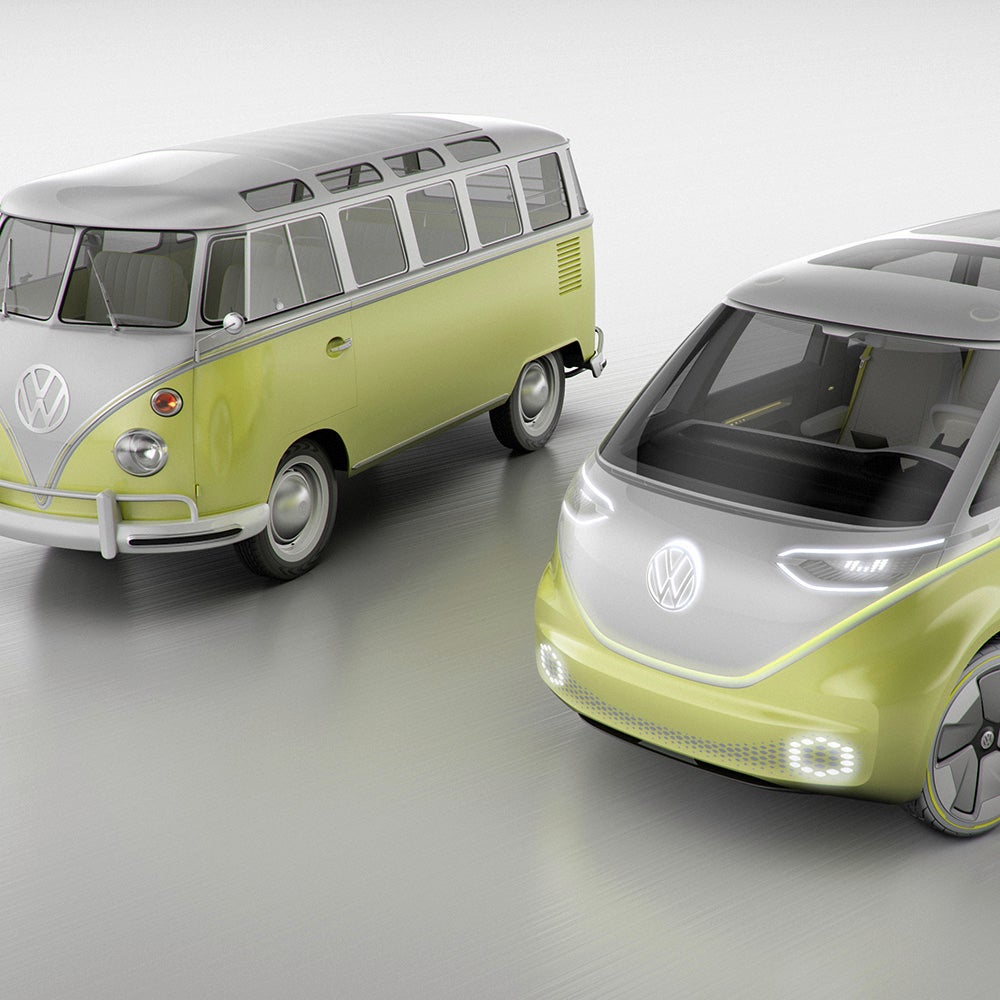Way back in 1950, a plucky little automaker introduced its second vehicle design. Like the first, it turned out to be an unexpected hit, turning accepted industry practice on its head to inspire an entire new generation of drivers to hit the road in entirely new ways. It was affordable, economical, and practical. More importantly, it was cool. The VW¬Ý‚ÄúBus‚Äù became the symbol of 1960s counterculture.¬Ý
These days, what was once an automaker for the people has transformed into something of an evil empire. Over the last few years, Volkswagen deliberately lied to its customers about the environmental damage its vehicles were causing, setting out to cheat emissions tests conducted by governments around the world. Caught red-handed in its deception, it‚Äôs estimated that ‚ÄúDieselgate‚Äù , as the company is forced to buy back vehicles, pay fines, and bring its cars into legal compliance.¬Ý
For some of VW’s executives, the penalties are of a more personal nature. The company’s former emissions compliance manager was just arrested by the FBI and . If convicted, he could face up to five years in federal prison.

Of course, Dieselgate isn‚Äôt the only problem VW faces. It produces¬Ý10.15 million vehicles annually, making¬Ýit the third largest car company in the world, but it only managed to sell 349,000 vehicles in the U.S. in 2015, putting it in fourteenth¬Ýplace here. Volkswagen has famously failed to crack the American market, even ceding its once dominant lead amongst liberal outdoorsy types to Subaru, an automaker that only ranks twenty-second¬Ýworldwide.¬Ý
So not only is VW desperate to clean up its image, it‚Äôs specifically desperate to clean up its image in the U.S., while capturing the interest of more American car buyers.¬Ý
And it‚Äôs apparently out of ideas on how to do that. This week at the Detroit Auto Show, VW‚Äôs big reveal was another Microbus concept‚Äîofficially, and inexplicably,¬Ýdubbed the I.D Buzz. This is the fifth time it‚Äôs released a Microbus concept since 2001, leading to a near-constant cycle of hype and disappointment among people who might actually purchase such a thing.¬Ý

The biggest change from 2001 to 2017? This latest concept is electric, employing an underfloor battery that‚Äôs reminiscent of the platform used by Tesla. That‚Äôs great for packaging‚Äîfree of internal combustion drivetrain components, nearly the entire volume can be devoted to passengers‚Äîbut it's¬Ýalso indicative of yet another problem. By lying to both its customers and itself about the viability of diesel as a clean power source and investing heavily there, VW has now found itself far behind rivals on the development of electric cars. Toyota, the biggest carmaker on earth, has become synonymous with the gasoline-electric hybrid, while GM, at number two, just brought to market the first practical, affordable, electric car for the masses. The $36,000 Chevy Bolt is a true people‚Äôs electric car.¬Ý
An electric VW Microbus you can actually buy? If Volkswagen actually makes it this time, it‚Äôs likely three years away, at best. New car models typically take five years for an automaker to develop, and Dieselgate only started in 2015. VW‚Äôs pivot to electric power is only now occurring in concept form.¬Ý
Don‚Äôt get your hopes up about it being affordable either. In 1963, the original Microbus may have retailed for $2,665. Adjusting for inflation, that‚Äôd be $20,734 today. But electric powertrains are expensive¬Ýand similarly sized vans made by rivals start at much higher prices. The Mercedes-Benz Metris (which isn‚Äôt a luxury model), starts at $30,000 for instance. GM managed to get the price of the Bolt‚Äôs batteries down to $145 per kilowatt-hour. Assuming an electric Microbus would come with at least a 60 kWH battery pack, we‚Äôre taking about a vehicle with a minimum possible price of $38,700. And that‚Äôs just assuming VW drops some batteries into an existing van platform. Given the cost of developing an all new vehicle with an all new drivetrain, it‚Äôll likely be much more.¬Ý
VW’s electric microbus faces one last problem: Tesla. Last year, that the company is developing a “bus” with styling, “Inspired by some of the California Custom VW combi design art.”
In other words, a plucky little automaker that‚Äôs turning industry practice on its head is developing a new type of vehicle designed to get new drivers on the road in new ways. That sounds like a pretty cool idea to me.¬Ý


